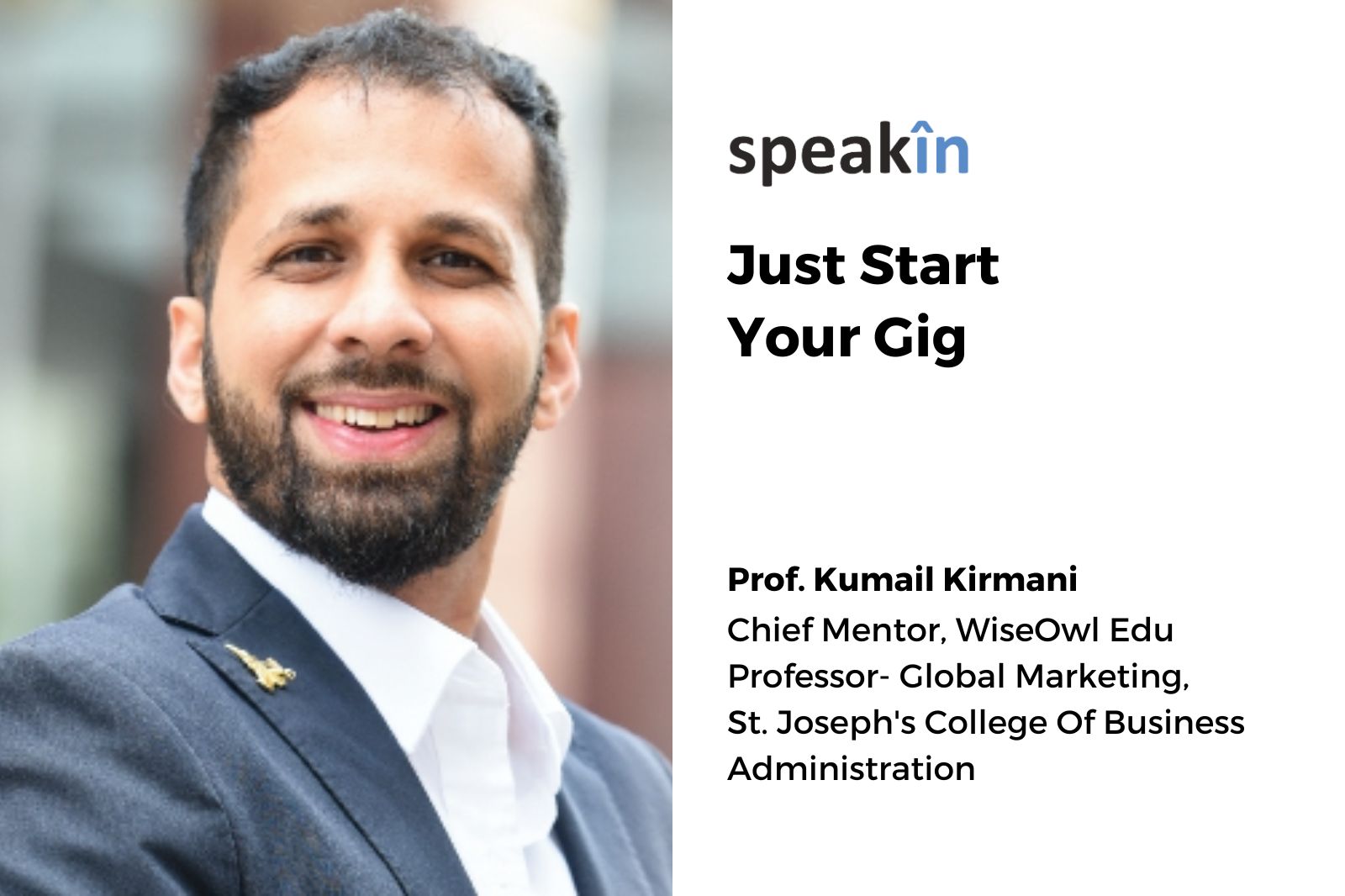Nearly three-fourths of start-ups across the world face much struggle and often end in plenty of failures. I want to want to talk bow these challenges can be overcome.
I have an eight-step guide to ABCS (Anybody Can Start-Up). If you have a little bit of courage, clarity of mind, and consistency in approach, you can launch your entrepreneurial journey.
The start-up culture in India boomed 2015 onwards, all thanks to technology. WiFi was easily available and everybody had a smart phone. So, in 2020, while we all went through great hardships because of the pandemic—jobs were lost, businesses shut down—we also had people quitting their jobs. The Great Resignations happened in 2021. 24 million left their jobs across the globe in 2021, according to the MIT Sloan University study.
Their study shows that 82% of the respondents are considering changing their job in 2022. The pandemic may have been a bliss for some people who could stay at home and work, but it was also a challenge because of long work hours. Working hours stretched from 6-7 to 10-12 hours non-stop, and it was the main reason why so many people in the global workforce were ready to quit.
Just start a gig
I would say technology has been the catalyst of change. It has enabled people to become entrepreneurs, pursuing their business ideas. Even if you don’t call starting a business now easy, you would definitely call it convenient—you can start your gig for as little as Rs. 500 or Rs. 1,000.
There are any number of examples I can give you. For instance, if you go to the Meesho website you can see how people are selling jewellery, clothes, artefacts and so on from the rural parts of India. Amazon and Flipkart started as online bookstores but now you can sell or buy almost anything from the sites. Zepto is giving you guaranteed delivery of groceries in ten minutes. How’s that even possible? The answer is technological advancement and artificial intelligence (AI).
India saw the birth of 42 unicorns in 2021. There are companies which are listed, funded and have billions of dollars in valuation. 57% of them are start-ups in non-metros.
Consider this. Business Blasters is the world’s largest startup programme initiated by the Delhi government. More than three lakh schoolchildren from a thousand government schools are participating in it. 51,000 business ideas have come in till now.
Rs. 60 crore seed capital was infused to help these children who come from financially weaker backgrounds. And if we talk about pan India—imagine the kind of entrepreneurship we will have?
I am proud to share that I am part of 4,000 coaches across India to be part of this Business Blasters programme, nurturing and mentoring these schoolchildren.
Master one gig
I wanted to start a food business but I didn’t have the money to start it in terms of opening a restaurant. So, my wife and me, both working professionals, came up with the idea of making food on weekends only and delivering it. We focused only on one dish: paya soup.
We have been consistently delivering Hyderabadi paya soup for the last three years and we have sold more than 8,000 plates from our home kitchen. Master one gig first before starting with several options. It helps.
3Fs will carry you
3Fs stand for family, friends and foes. Your family and friends will be the first ones to buy from you. If your enemies are buying too you’ve won the battle. For example, when we started our Begum’s Kitchen—a customer ordered our soup consistently for three weeks, and when I called him up and asked for his feedback; he said I love your stuff and at the same time I also own a restaurant and I am planning to introduce this soup in my menu. He was ordering it every week to check it for its taste and consistency. It was a huge lesson for me.
How much will they buy for?
I offered my product at a very cheap price. My thinking was that if I priced it high, I may not be able to sell it to my target audience. Well, I was wrong. People buy products at higher prices too if they find value in it.
People are willing to pay for the value proposition. They will spend a lakh of rupees on a mobile phone because it is an Apple and it is an aspirational brand. If you have studied MBA, you would know about the Maslow’s hierarchy of needs theory—how you get to a stage where the customer is willing to pay you a premium.
It’s about you
Today people are concerned who they buy from. So, if they trust you and they are able to relate to you, they will buy from you. And the best way to create that awareness is through 3Es— Educate, Entertain, Emotions. You have to connect the emotions of your audience to the brand.

